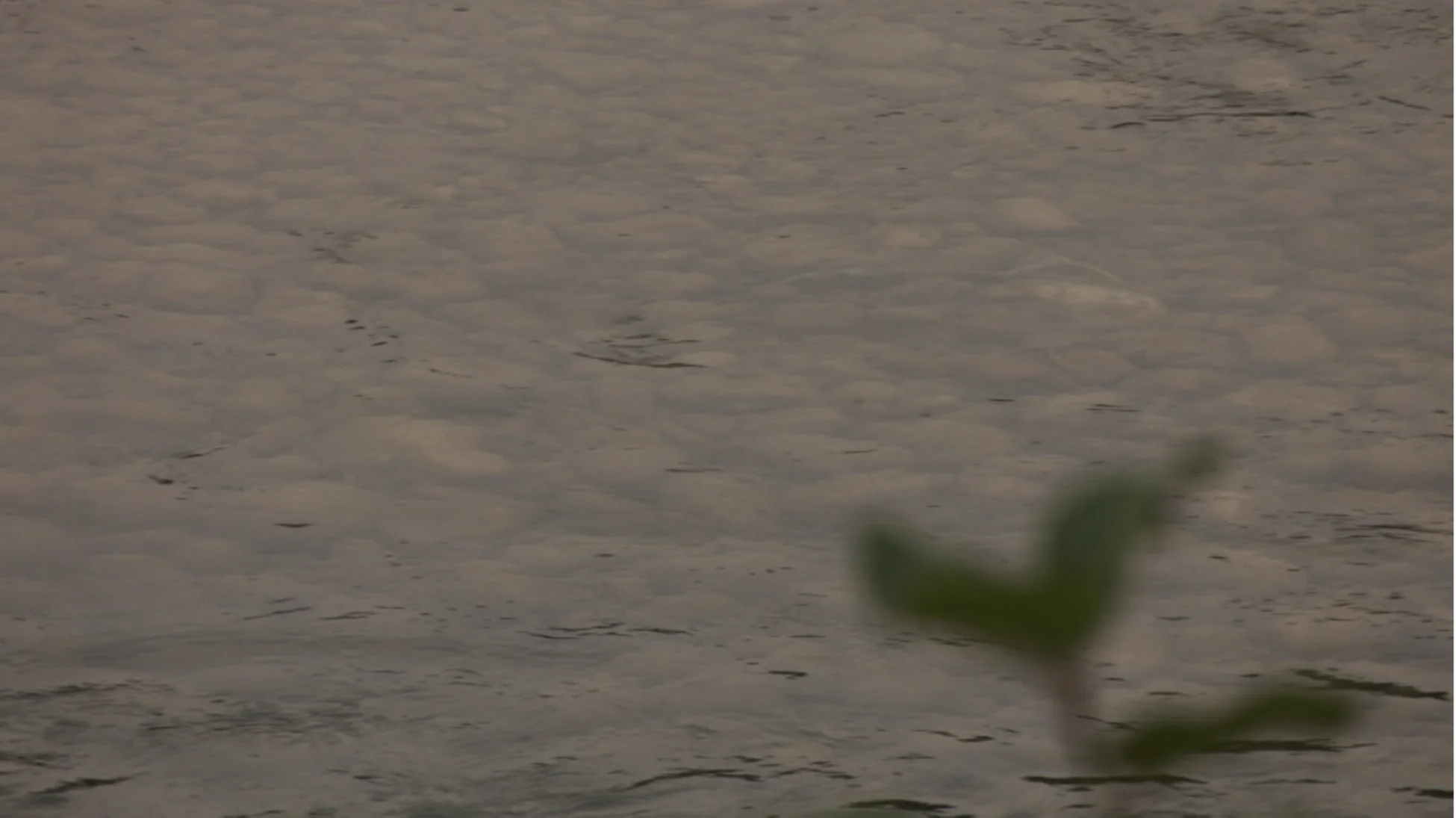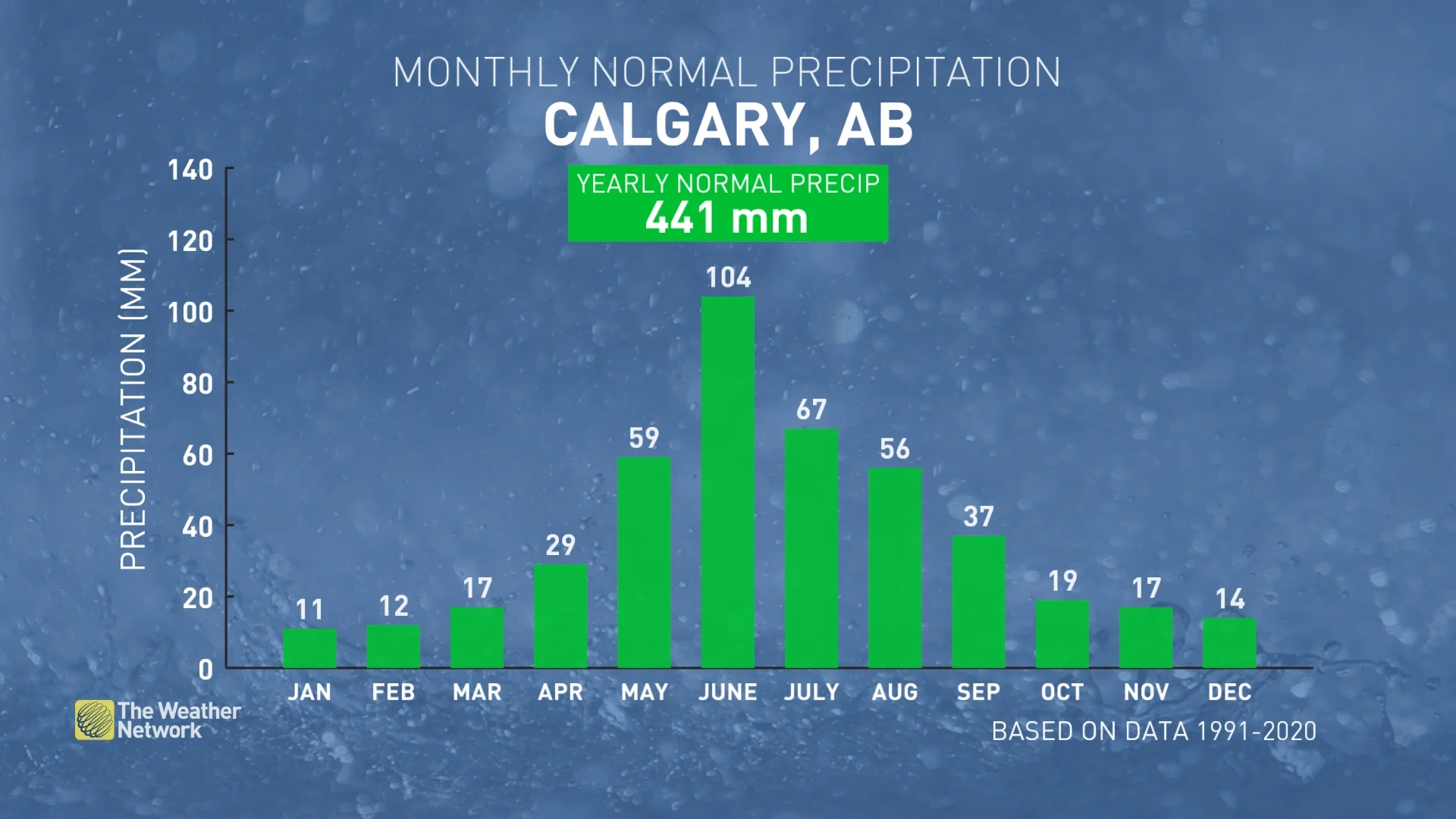
Three ways Calgarians can conserve water as river levels drop
While conditions have not triggered mandatory water restrictions, the City of Calgary is asking residents to voluntarily conserve water.
Calgary's waterways are seeing the effects of a low mountain snowpack and a dry spring and summer.
According to Calgary Environmental Management Manager Frank Frigo, the Bow and Elbow rivers are flowing at their lowest natural levels since 2002.
"If you ranked the flows of all the years over the last 100 years, only a few times, only a handful of times, would the flows have naturally been lower," Frigo explains.
"The precipitation we saw in May, June, and July, which usually form more than half of Calgary’s total annual water budget, during those three months we were well below normal precipitation levels."

RELATED: Droughts can be tough reminders of importance of water conservation
The Government of Alberta has issued water shortage advisories for multiple basin areas, including the Bow River.

Source: Government of Alberta. This graph shows recorded flow levels on the Bow River are well below average this year.
Meanwhile, the recent shift to El Niño means weather patterns over the coming months aren’t likely to above-average moisture back to the region.

"When you look back historically at years with a moderate to strong El Niño pattern, as we will have this year, we see it’s been associated with a rather dry pattern across southern Alberta and southern B.C.," says The Weather Network Senior Meteorologist Doug Gillham.
"That doesn’t guarantee this fall and winter will be extremely dry, but it’s definitely wise to prepare for that risk with a storm track that’s well south of the border, leaving dryer than normal conditions across the region."

Source: City of Calgary
Given the current and predicted moisture conditions in the city, Calgary officials have begun limiting fleet vehicle washing, as well as watering in fields, parks and gardens, and are keeping the Glenmore Reservoir full in efforts to protect the water supply.
According to a 2019 estimate, per capita water use in Calgary is 356 litres per day.
On Tuesday, the City announced it would be moving to Stage 1 of outdoor water restrictions and is asking residents to voluntarily conserve water.
Below are a few ways on how you can do that.
Conserve water on your lawn:
Water at morning and night
Water used outdoors is easily wasted through evaporation, overwatering and leaky fixtures. In fact, the US Environmental Protection Agency estimates as much as half of water used outdoors is wasted.
Watering your lawn before 7 a.m, or watering later in the evening, is a good way to ensure that water lost to evaporation will be minimized.
Leave lawn grass two to three inches high
Leaving your grass two to three inches high can also help your lawn retain water.
“The taller grass helps to shade the soil and keep moisture in the soil,” says city of Calgary Climate and Environment Public Program Coordinator Roberta Waddell. “That also helps it create a healthier root system, creating a healthier lawn overall which can hold more moisture with deeper roots, and can help your lawn stay beautiful for longer during severe heat.”
Try to only give your lawn as much water as it needs
It’s easy to overestimate how much water your lawn needs, Waddell says.
"Soils in Calgary are generally clay-based, so they do retain a fair amount of moisture," she explains.
"You can also buy soil moisture meters. Another thing you can do is push a screwdriver into the soil, and if it’s really difficult to put in and it’s been quite dry, those plants likely need some water.
Waddell adds that seeing your lawn turn brown during a dry year isn’t necessarily cause for panic.
"It’s just going dormant. If we get a big rain, it can bounce back. It really takes quite a few weeks of very hot weather for a lawn to actually die."
Check the forecast
Why waste time watering your lawn if the skies are planning to do it for you?
Conserve water In your garden:
Water by hand when possible
While it may be tempting to water your garden with a sprinkler, watering by hand can ensure different parts of your garden don’t receive too much (or too little) water, minimizing wastage.
Use water collected in a rain barrel
A rain barrel can collect rain from a large catchment area, such as the roof of your home, creating a significant source of free water for your yard's needs.
Another advantage is that rainwater is warm and free of minerals like sodium and treatment chemicals like chlorine, which can be damaging to roots and soil.
Fix leaky toilets and fixtures
By city estimates, a chain caught under a toilet flapper can waste 3,000 litres a month. A broken flapper can waste 450,000 litres a month.
A faucet leaking at one drop per second, meanwhile, can waste 2,500 litres a month.
Staying on top of water leaks can not only help protect Calgary’s water supply but can also save you money on your water bill.
Thumbnail credit: Calgary Bureau











